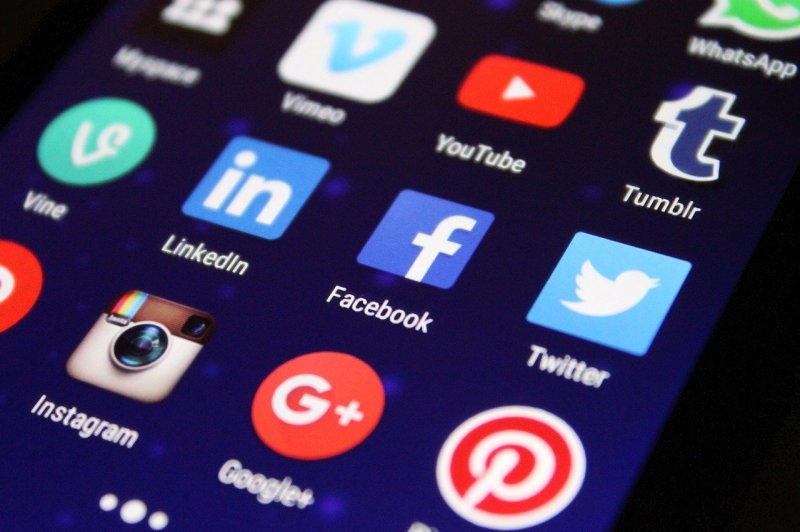Men were more likely than women to be victims of sexual blackmail during the COVID-19 pandemic, a new study has found. Photo by Pixelkult/
Pixabay
Jan. 31 (UPI) -- Men have been twice as likely as women to fall victim to online blackmail since the start of the COVID-19 pandemic, a study published Monday by the journal Victims & Offenders found.
This includes threats to publish explicit photos, videos and personal information, the researchers said.
Young people, Black and Native American women, and LGBTQ individuals also were at higher risk for being victims of this form of cyber-crime called "sextortion," the data showed.
"Recent research has highlighted gender disparities in unpaid care work and household-related work since the start of the pandemic," co-author Asia Eaton said in a press release.
"It is possible that men had more time to spend online than women during the pandemic," said Eaton, an associate professor of psychology at Florida International University in Miami.
The findings are based on a survey of more than 2,000 adults in the United States conducted in 2020 and 2021, during the height of the COVID-19 pandemic, Eaton and her colleagues said.
Sextortion is a form of extortion in which the blackmailer threatens to publish explicit, private images or videos online unless their demands are met, according to the Federal Bureau of Investigation.
The blackmailer often is a current or former partner, but they also can be a stranger who has hacked into a victim's online photos or webcam or an online dating scammer, the law enforcement agency says.
Reports of sextortion to the FBI rose during the pandemic, when many people remained home due to work and school closures and turned to online social platforms, particularly among teens.
The researchers asked 2,006 survey respondents if they had ever been a victim of sextortion, defined as "the act of threatening to expose a nude or sexually explicit image" in exchange for payment or sex acts.
Of male respondents, 4.5% said they had experienced sextortion since the start of the pandemic, compared to 2.3% of women, the data showed.
Black and Native American women were around seven times more likely to be victims of sextortion than White women, the researchers said.
LGBTQ respondents had an up to three-fold higher risk for being victims of sextortion compared with heterosexual individuals, according to the researchers.
More than 5% of respondents ages 18 to 29 years reported being victims of sextortion, compared with 4% of those ages 30 to 40 years and 3% of those ages 41 to 64 years, the data showed.
Respondents who were victims of sexual violence by a partner before the pandemic were up to 17% more likely to experience sextortion during the pandemic, the researchers said.
Sextortion was most commonly perpetrated by strangers and romantic partners, both current and former, they said.
"Sex education programs that teach about consent, pleasure and healthy relationship communication and decision-making may reduce both in-person and technology-facilitated sexual violence," Eaton said.















